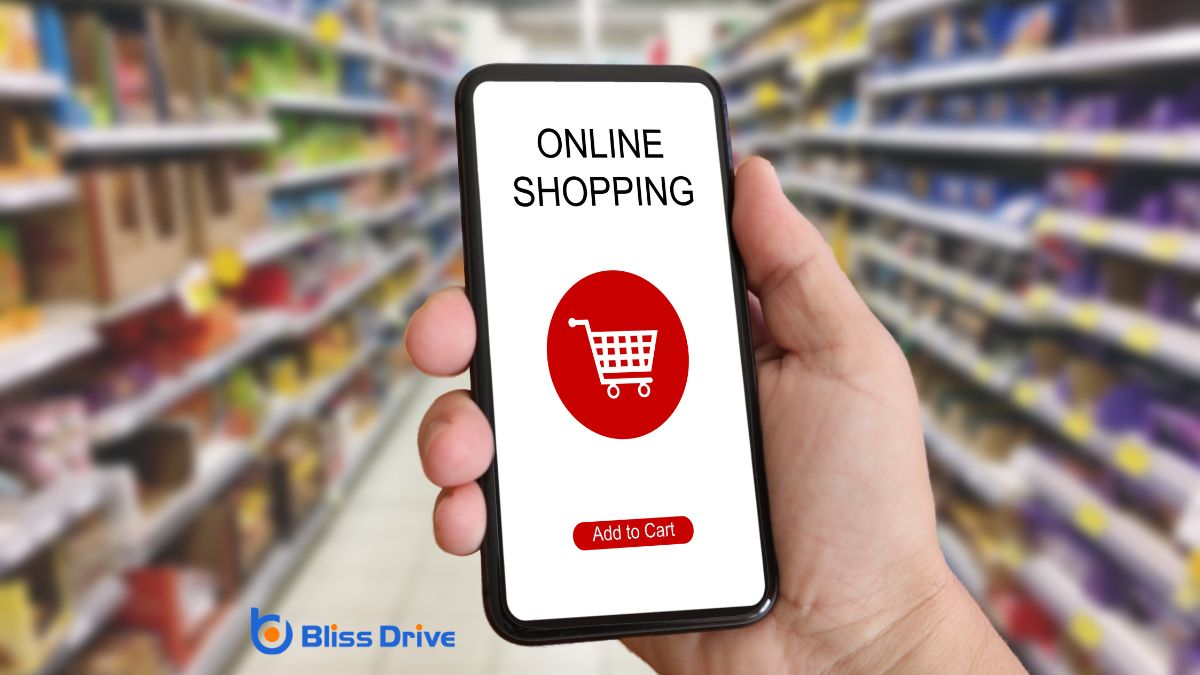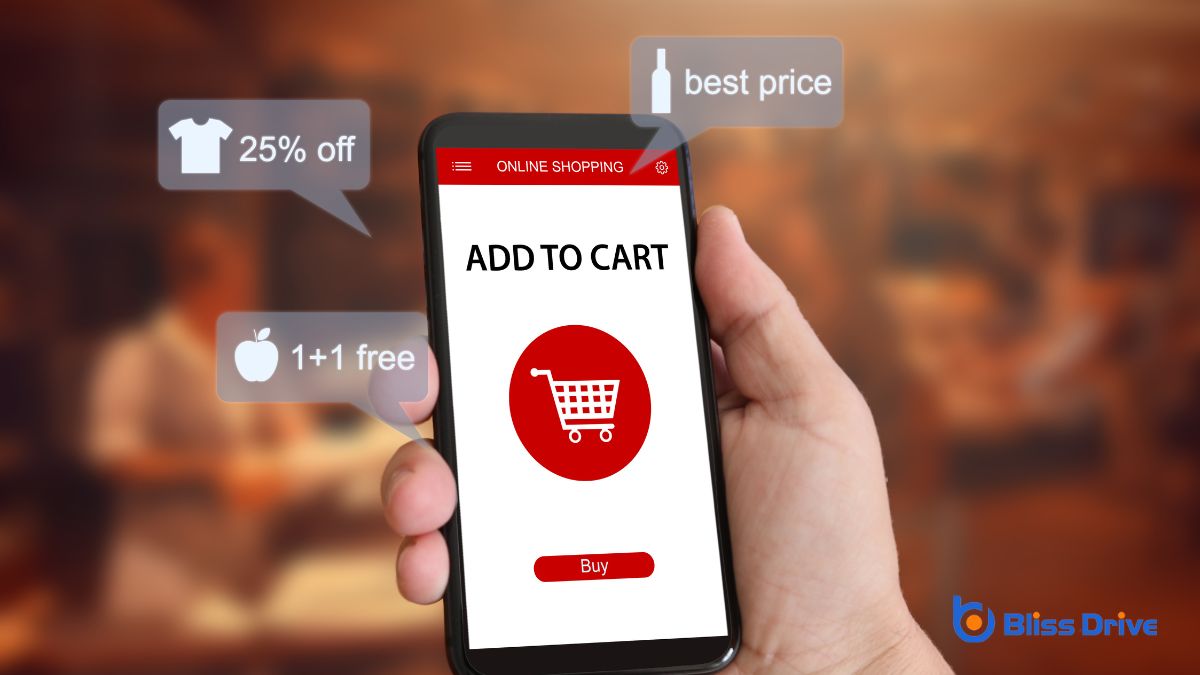Learn More About Us

For an ideal mobile checkout experience, aim to simplify the user interface by using a single-page layout and minimizing form fields. Incorporate clear progress indicators to guide steps. Enhance usability with large, tappable buttons and autocomplete features. Speed is key, so compress files and use browser caching. Secure transactions with SSL encryption and diverse payment methodsVarious options for customers to pay for products, such as credit cards, PayPal, and digital wallets..., including guest checkout. Streamline support with live chatA tool that allows customers to communicate with customer service representatives in real-time on a .... Interested in boosting conversion rates further? You're just one click away.

When designing a mobile checkout process, it's crucial to simplify the user interface to enhance usability and speed. You should focus on creating a clean and intuitive design that reduces cognitive load.
Start by eliminating unnecessary fields and steps; only request information that's absolutely required. Use clear, concise labels for input fields and buttons. Make sure that buttons are large enough to tap easily on a mobile screen.
Additionally, provide users with visual progress indicators to guide them through the checkout stages. This helps them understand where they're in the process and what's left to complete.
Incorporate familiar icons and symbols to make navigation intuitive. Remember, the simpler your interface, the less room there is for user errors, leading to a more seamless checkout experience.
You need to focus on minimizing load times to keep users engaged during the mobile checkout process.
Streamlining page navigation guarantees customers can quickly move through the steps without unnecessary delays.
Don’t forget to compress media files, as this reduces the strain on loading speeds and enhances overall performance.
Every second counts in the mobile checkout process, and reducing load times is critical for keeping customers engaged. Customers often abandon carts if pages load slowly, costing you potential sales.
To optimize for speed, compress images without sacrificing quality, and use next-gen formats like WebP. Minimize the use of redirects, which can slow down page response times. Prioritize loading visible content first, deferring scripts and images that aren't immediately necessary.
Leverage browser caching to store elements of your site on users' devices, reducing the need for repeated downloads. Use a content delivery network (CDN)A system of distributed servers that deliver content to users based on their geographic location. to distribute assets closer to your users, decreasing latency.
Monitoring tools can help you identify bottlenecks and guarantee your mobile checkout remains fast and efficient.
Although mobile users expect quick and seamless interactions, cluttered and confusing navigation can derail their checkout experience. You need to streamline page navigation to guarantee that users move effortlessly through the process.
Prioritize a clean, intuitive layout with easily accessible buttons and links. Use clear labels and maintain consistent design elements across all pages.
Break down the checkout process into manageable steps, allowing users to see their progress. Avoid unnecessary redirects or pop-ups, which can frustrate users and increase the likelihood of cart abandonment.
Implement a sticky menu or breadcrumb trail to guide users back if they need to review previous steps. By optimizing navigation, you create a smooth path to purchase, enhancing user satisfaction and boosting conversionThe completion of a desired action by a referred user, such as making a purchase or filling out a fo... rates.
In addition to streamlined navigation, optimizing speed and performance plays an essential role in enhancing the mobile checkout experience. Compressing media files is vital for achieving this. Large images and videos slow down page loading times, which can frustrate users and leadA potential customer referred by an affiliate who has shown interest in the product or service but h... to cart abandonment.
You can use tools to reduce file sizes without sacrificing quality. Smaller files load faster, improving overall performance and keeping users engaged.
Be certain to convert images to modern formats like WebP and compress videos before uploading them. Minimize the use of autoplay features, which can consume data and delay loading times.
Regularly audit your site’s media to verify everything remains optimized. By compressing media files, you’ll create a faster, more efficient checkout process that keeps customers coming back.
When you implement secure payment options, offering diverse methods like credit cards, digital wallets, and bank transfers can cater to more users.
Guarantee you use strong encryption and authentication to protect customer data and build trust.
There's nothing more essential to a seamless mobile checkout experience than offering diverse payment methods. When you provide various options, you cater to different customer preferences and increase the chances of completing a sale.
Some customers prefer credit or debit cards, while others lean towards digital wallets like Apple Pay or Google Pay. Including options like PayPal or even buy now, pay later services can also boost conversion rates.
It's vital to research and understand what payment methods your target audience uses most. Offering the right options can reduce cart abandonment and create a frictionless checkout process.
While guaranteeing a seamless checkout process is important, securing your customers' payment information is paramount. Implementing encryption and authentication guarantees that data is safe from prying eyes.
Use Secure Sockets Layer (SSL) to encrypt data during transmission, safeguarding sensitive details like credit card numbers. It’s crucial to use strong encryption algorithms to prevent unauthorized access.
Authentication adds another layer of security. Implement two-factor authentication (2FA) to verify users through something they know and something they have, like a code sent to their phone. This reduces fraud risk by confirming the customer's identity.
Regularly update your security protocols to counteract evolving threats. Educate your team about maintaining these security measures.
Even though you want to collect customer information, it’s crucial to offer a guest checkout option to enhance the user experience.
Shoppers often prioritize speed and convenience, especially on mobile devices. When you let them check out as guests, you're removing barriers and reducing the friction that can lead to cart abandonment.
Many users hesitate to create accounts due to concerns about privacy or potential spamUnsolicited and irrelevant emails sent to a large number of recipients..
Simplifying the checkout experience extends beyond offering guest checkout; it also involves minimizing form fields and input required from users.
You should streamline the process by only asking for essential information. Each additional field increases the risk of frustration and cart abandonment. Think about whether you really need a middle name or a separate address line.
Use smart defaults and auto-fill features where possible to save users' time. For example, detecting location can automatically fillthe city and state fields.
Verify your forms are mobile-friendly, allowing easy navigation with big buttons and intuitive layouts. By reducing the number of fields and keystrokes, you create a faster, more seamless checkout experience, encouraging users to complete their purchases with minimal effort.

To enhance user experience during mobile checkout, it’s crucial to provide clear progress indicators. Shoppers want to know where they are in the process and what's left to complete. By breaking it down into clear, digestible steps, you reduce anxiety and frustration, which are often barriers to completing a purchase.
Use a simple progress barA visual indicator that shows users their progress towards completing a task, such as filling out a ... or numbered steps to guide users. Make each stage distinct, so they know when they've successfully moved forward. This transparency builds confidence, reassuring customers they're on the right track.
Avoid overwhelming them with too much information at once; concise labels for each step work best. Finally, verify that these indicators are visible and accessible on all devices.
A seamless, informative checkout flow encourages users to finalize their purchases without hesitation.
To create an efficient mobile checkout process, you should simplify the user interface and optimize for speed. It is crucial to implement secure payment options while offering a guest checkout feature. Minimize form fields to reduce friction and make sure input is easy. Providing clear progress indicators will guide users smoothly to completion. By focusing on these best practices, you'll enhance user experience, boost conversions, and keep your customers coming back for more.
